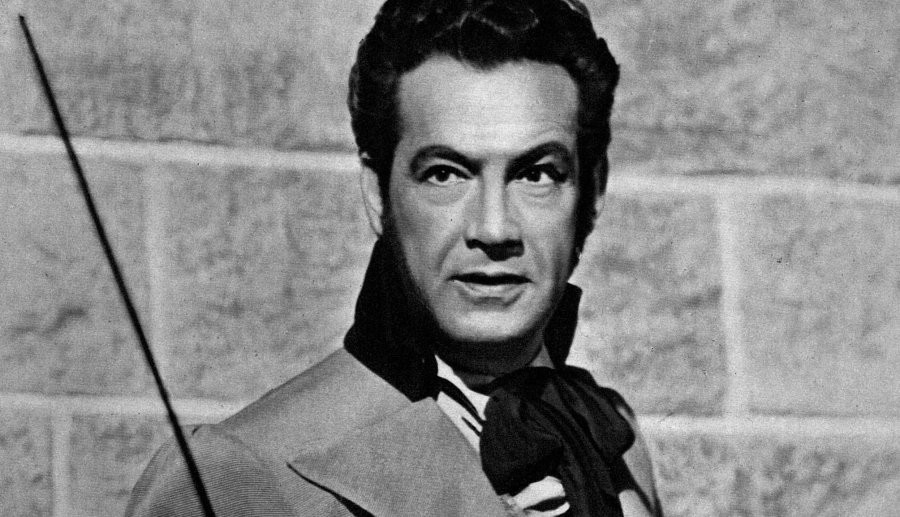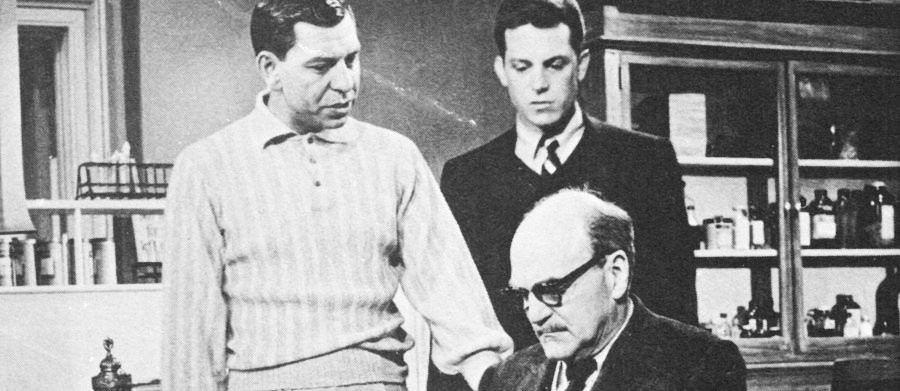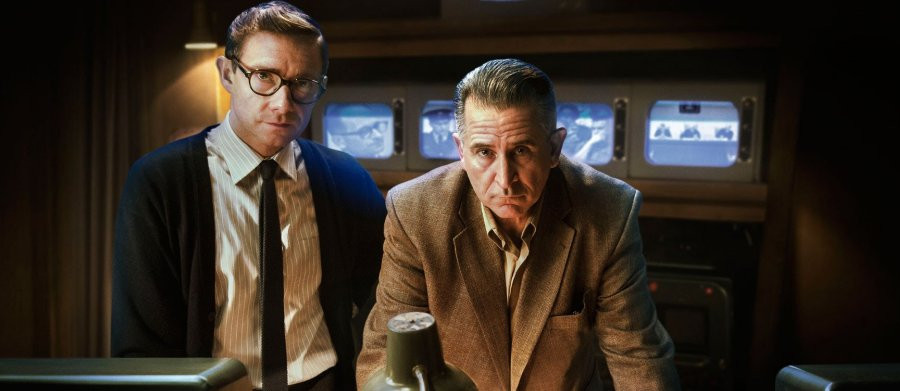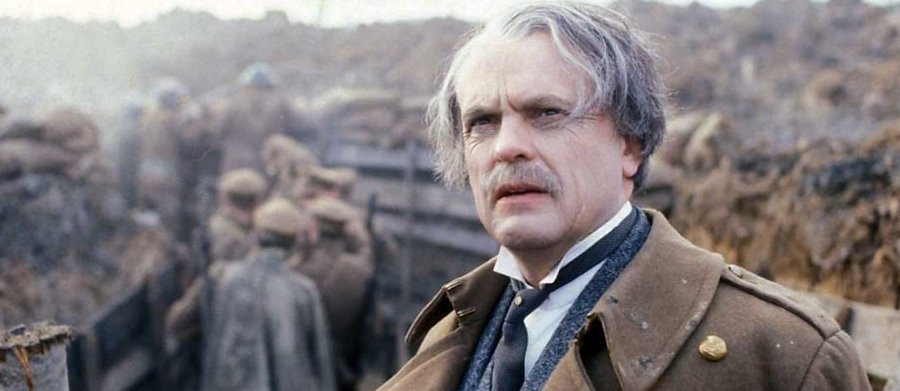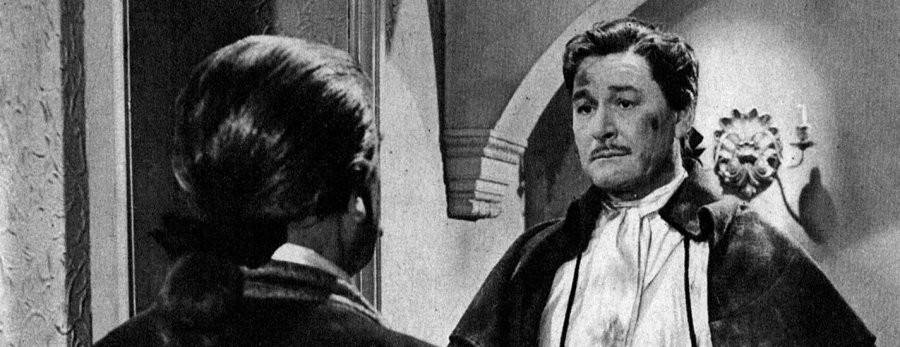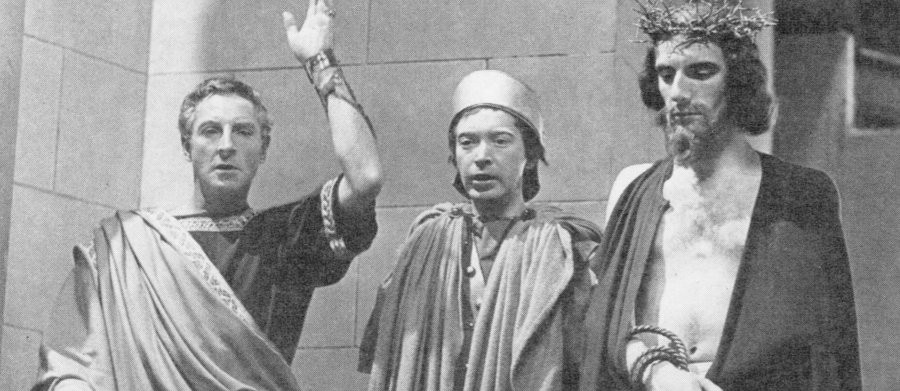
Jesus of Nazareth
1956 - United KingdomIn 1956, the BBC made Television history with a series of eight programmes on the life of Christ. Before this production censorship regulations prohibited the portrayal of Christ by an actor in public performances. It was only after the Central Religious Council approved the project, and the choice of actor in the central role, that the BBC were given the go-ahead.
Treated as an experiment, Jesus of Nazareth was placed in the children's programmes slot on Sundays. But it attracted an adult audience whose appreciation placed it, as a BBC survey showed, next to the Coronation of 1953 in national appeal.
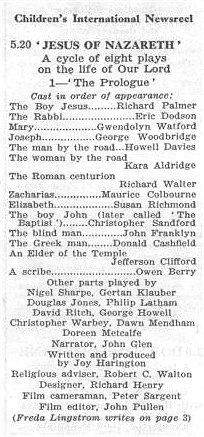
The series was produced by Joy Harington and would be considered her most notable work for television, for which she received the 1956 award of the Guild of Television Producers and Directors, the first to be presented for a children's serial. Tom Fleming created a moving interpretation of Christ, and unusually for a live serial, with filmed locations in Galilee and Jerusalem, it was telerecorded so it could be reshown over the Easter holidays in future years. The scenes, especially of the Crucifixion, were regarded as some of the most powerful ever televised.
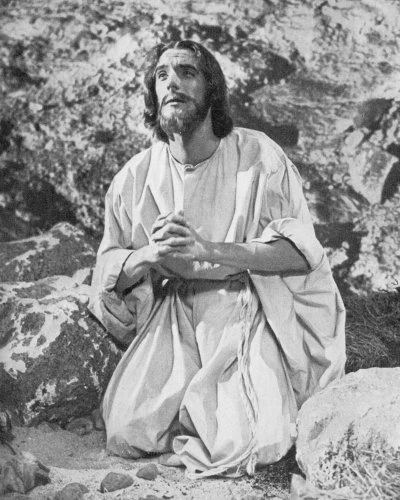
Writing in the Radio Times in February 1956, Freda Lingstrom, the Head of Children's Television, wrote: 'Our aim is to awaken the interest of children in the origins of the most significant influence in their lives, and help them to understand something of the background against which the Christian story was enacted.'
Lingstrom went on to explain the approach that the producer had taken; 'In spite of this widely practised attempt to put the story of Jesus into modern speech, reverence for 'Holy Writ' remains for many people as sacrosanct as the spiritual truth it sought to present in the reign of James the First. It may come as a shock to some people that, although phrases which become household words remain, the cycle of plays we are about to represent will be in modern colloquial speech.'
In order to embark on such an important and ground-breaking project, advice was sought from several members of the clergy, whose scholarship and wide theological knowledge were put at the disposal of Joy Harrington, who wrote the eight scripts which began with Jesus as a boy of twelve, living in an occupied country, and ended with the Resurrection.
For the all-important casting, Harrington wanted an actor who was strong, virile, full of life and energy and convinced of his mission. Tom Fleming, born in Edinburgh, Scotland, in June 1927, was relatively unknown to television audiences in 1956, having only appeared in half-a-dozen productions, which were all single plays. The son of a Baptist preacher, he was initially anxious about playing the part. It was his interest in the spiritual value of the project that finally convinced him to undertake a part which, according the Freda Lingstrom, he approached with humility and a high sense of purpose.
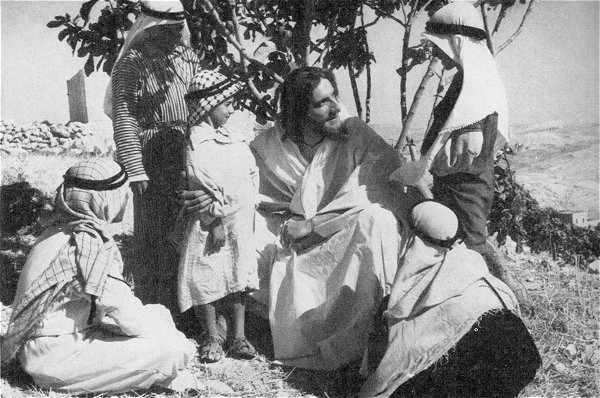
In the spring of 1955, Fleming and Harrington and a contingent of the Children's Film Unit, travelled to the Middle East, where certain sequences were shot in order to enrich the live productions. As Freda Lingstrom wrote; 'Children will see him as Jesus in the scorching sun of the wilderness with hot desert wind blowing his robes and hair in disorder, far from the lifeless coloured-print image stamped on the minds of so many.'
This was a huge undertaking for the BBC. It was unheard of, prior to this, to take a film unit abroad to record original material for any of their productions. No doubt the Corporation was very much aware of the possible impact the series of plays could have. Especially if they got it wrong.
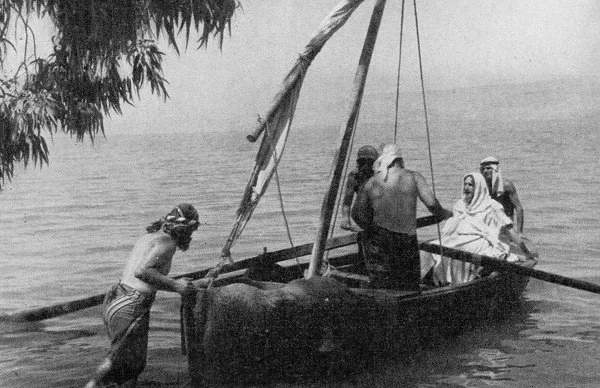
Linstrom again; 'Throughout, the plays will present happenings in a straightforward manner with little emphasis on the miraculous. It is not our intention to rationalise events, nor shall we put forward any new interpretation of the gospels; our purpose is to offer children as true a picture as we can with the weight of authority behind it. Throughout, the humanity, courage and endurance of Jesus will be manifest; we shall not minimise the tragedy of the Crucifixion but care will be taken to see that it will be presented in such a way as to give older children food for thought while in no way alarming younger ones or leaving them with any suggestion of horror.'
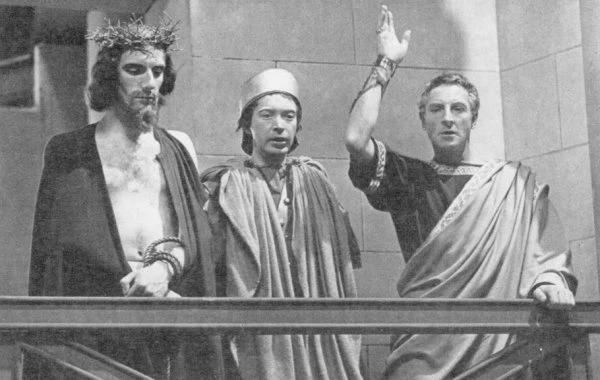
Summing up, Lingstrom offered a word of advice to parents. Advice that most likely ensured an increased adult audience for what was seemingly being presented as a children's series: 'It should be remembered that this project is designed for older children and parents are asked to see that younger ones should not see the play alone.' Nice bit of marketing.
Jesus of Nazareth began on Sunday 12 February 1956 with 'The Prologue'. The play opened with a boy of twelve travelling with his parents to Jerusalem for the Passover feast. Jesus is seen talking with the elders in the Temple and subsequently found by Mary and Joseph and taken home. The eighth and final part of the series was broadcast on Easter Day.
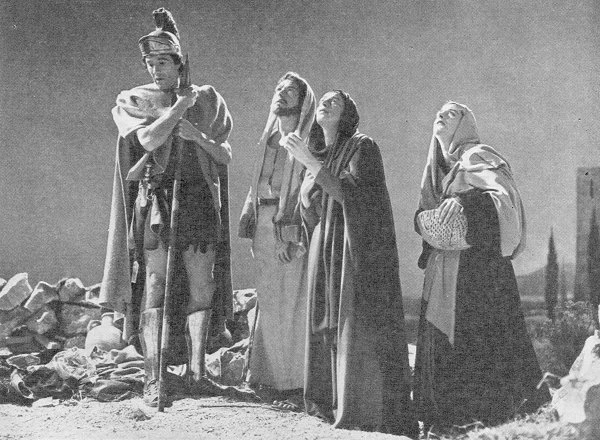
In 1977, a British-Italian co-production was produced for television under the same title.
Sources: Television Annual 1956 – Radio Times 1955
Seen this show? How do you rate it?
Seen this show? How do you rate it?
Published on November 21st, 2020. Written by Laurence Marcus for Television Heaven.


